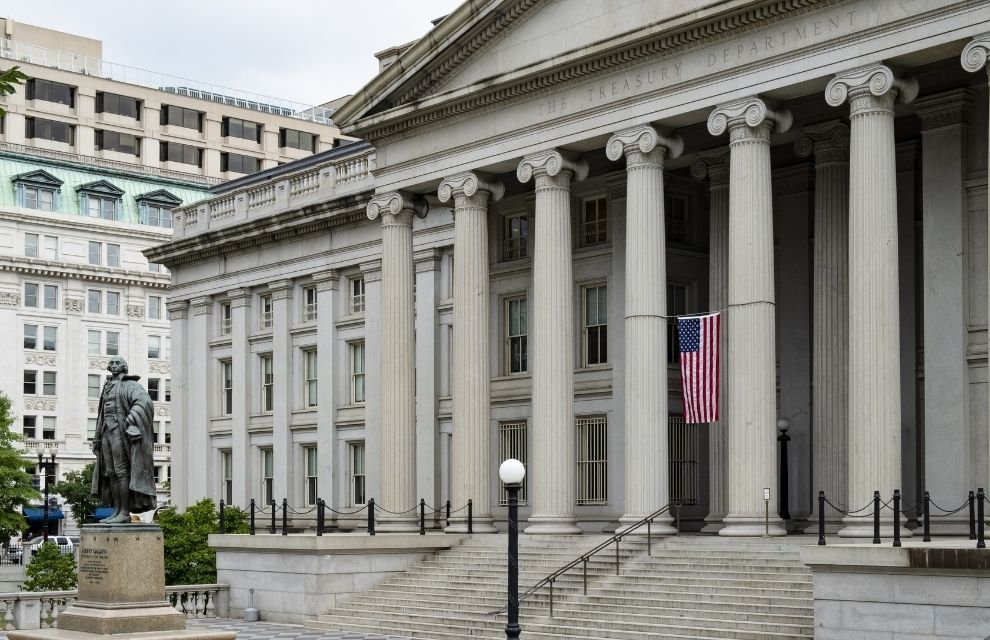Micro captives remain under intense scrutiny from the Internal Revenue Service (IRS) as tax issues continue to concern the captive industry, according to panellists at the Captive Insurance Companies Association (CICA) International Conference. Speaking at a panel session discussing hot topics in the captive industry, Paul Shimomoto, partner at Goodsill Anderson Quinn & Stifel, noted the continued presence of micro captives on the IRS’ ‘Dirty Dozen’ list of tax scams and abusive arrangements as a warning of the agency’s intent for further investigation. In addition, Shimomoto mentioned the IRS’ recent plans to hire up to 200 attorneys to address its increasing number of corporate and partnership audits against alleged abusive tax schemes. This includes micro captives, targeted for their high premiums and niche risk coverage which are apparently indicative of a lack of legitimate business or insurance purpose. IRS scrutiny is particularly concentrated in Delaware. The ongoing dispute with the Delaware Department of Insurance (DDOI) over the enforcement of an IRS summons as part of the agency’s investigation into transactions related to micro captives is at a stalemate, with DDOI citing its confidentiality statute. Continuing the discussion around tax issues in the captive industry, Joel Chansky, consulting actuary at Milliman, noted that the introduction of a two per cent premium tax in the state of Washington has led some companies removing Washington risks from their captives. Chansky added that although the 10-year lookback period of back taxes will generate income for the state, there has not been nearly as much premium tax collected as was anticipated by the Washington Office of the Insurance Commissioner. Turning to a more positive note, Nancy Gray, regional managing director, Americas, Aon, identified that the hard market conditions carrying over from early 2019 have been a significant driver for new captive and cell formations, as well as existing captives expanding their programmes. Favourable conditions are expected to continue into 2022, indicated by the number of captive feasibility studies performed. Gray added that the current hard market cycle does not have one particular sector that is growing exponentially; rather, growth is distributed across every industry sector. With that said, Gray named cyber, property, and directors’ and officers’ (D&O) as the specific lines of business that have seen a substantial increase in captive placements. Dave Provost, commissioner of captive insurance at the Vermont Department of Financial Regulation, noted in the panel session that the closest thing to a trend seen in Vermont is managing general agents forming sponsored cells for cyber coverage. Provost also stated he expects to see an increase in parametric risk transfer in 2022. Also looking to the future of the captive landscape, Gray anticipates more companies seeking Side A D&O cover, particularly following recent legislative amendments in Delaware.


